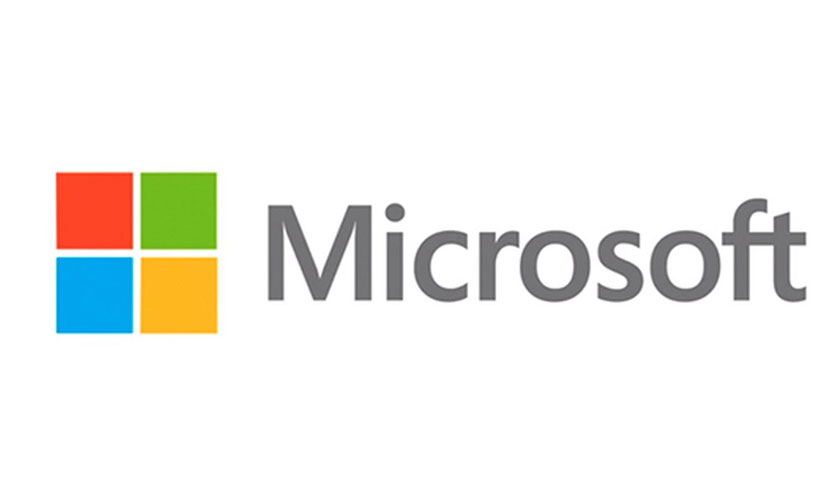Data centers stand at the epicenter of today’s digital revolution. Fueled by advancements in artificial intelligence, cloud computing, and global connectivity, data center development has surged to meet unprecedented demand. But with rapid growth comes an equally urgent responsibility: ensuring that these mission-critical facilities are not only powerful and scalable, but also resilient and sustainable.
With global investments in data infrastructure projected to reach $1 trillion by 2027, the stakes have never been higher. As data centers become increasingly essential to the functioning of modern life, industry leaders are rethinking how these facilities are built and operated. From evolving site selection strategies to shifting definitions of efficiency, the conversation around sustainability is growing more nuanced. It’s not just about doing what’s sustainable, but about making smart, forward-looking business decisions that align environmental, financial, and operational goals.
To unpack the challenges and opportunities facing this evolving sector, BREEAM USA recently hosted a webinar exploring key sustainability trends shaping today’s data center market.
Panelists included:
- Chris Pennington, Director of Energy & Sustainability, Iron Mountain Data Centers
- Amanda Abell, Senior Director of Sustainability, Stream Data Centers
- Miranda Gardiner, Executive Director, iMasons Climate Accord
- Graham Langton, Global Head of Sustainability Programs, CTS Group
The discussion – moderated by BREEAM’s U.S. Director of Operations, Breana Wheeler – explored expert perspectives on the factors shaping today’s data center strategies, offering real-world examples of how the industry is responding to mounting pressure for both scale and sustainability. The panelists shared diverse insights, experiences, and anecdotes informed by their combined decades of experience, including:
1. Data centers should be viewed not just as real estate assets, but as critical infrastructure powering the digital economy.
“Our lives, for the most part – especially in North America – [rely on these facilities],” shared Miranda Gardiner. “This is how you access medical records. This is how school is now being taught. This is how we got through COVID in times of work from home. This is not a ‘nice to have.’ So, not coming to the table ready to have discussions with your data center providers and sustainability experts is a missed opportunity because [data centers] aren’t going away. The more we can wrap our heads around how to become solutions providers and better support where the growth is headed, the better off we’ll be.”
“[Think about] how our utility infrastructure was built – we’re building that level of infrastructure globally [with data centers],” noted Amanda Abell. “So on the real estate side, we’re developing, acquiring land, and building the asset itself. But, on the infrastructure side, all of that gets interconnected in this giant web that’s [the foundation of] digital infrastructure. It’s a really cool thing to be part of and to watch because we’re building something that our global economy is going to run on moving forward.”
“[Data centers are] not only real estate assets; they’re critical infrastructure,” added Graham Langton. “Think about it in the same way as a hospital. We would never consider closing hospitals and then not building more. From a societal perspective, every service, every product that runs within a data center can’t just be turned off. Everybody’s banking would stop. The critical infrastructure that supports society would stop. So, if the question is, is it real estate or infrastructure? — it’s critical infrastructure.”
2. Sustainability in data centers isn’t just about being green – it’s a business imperative driven by operational efficiency, resilience, and long-term viability.
“It seems like a lot of the conversations that are happening focus primarily on energy efficiency,” said Amanda Abell. “And yes, we use a lot of energy, but it doesn’t mean that we’re inefficient. There are so many market drivers that are pushing energy efficiency in data centers outside of sustainability. Yes, we need to make sure we’re being efficient, but the financial drivers are huge. If you are developing a data center and you are not designing for maximum efficiency, you’re not going to be in business very long.”
“The data center from 20 years ago is a dinosaur compared to the modern data centers being built today, because we need to build them more sustainably,” added Chris Pennington. “The concept of sustainability is doing the green thing, the eco-conscious thing. And [while that’s] true, when our business leaders talk about sustainable business practices, it’s [about] the ability for the business to continue and thrive and grow. So, yes, data centers are sustainable. Yes, we do a lot of green things. But … there’s a really good business reason behind all these energy efficiency, water conservation, and biodiversity-focused strategies — beyond, ‘it’s good to save the planet.’ The reality is that sustainability is not just doing green things; it’s doing smart things for business to thrive going forward.”
3. Meeting data center demand sustainably requires holistic strategies, from shifting power priorities and innovative site selection to smarter water use and biodiversity.
“[Its important to consider] the early conversations and planning that goes into these assets that are going to be working hard for decades to come,” said Chris Pennington. “This is where the commitment to green building certifications really brings value to helping demonstrate that we’re not just thinking about water or power, but [the asset] holistically. [Iron Mountain] was honored to build the first BREEAM-certified data center in North America at our Arizona facility. Having gone through the process, we’re looking at all these areas like the health and well-being of the people inside and the biodiversity of the site that we’re selecting in addition to energy efficiency, water consumption, materials and embodied carbon. It’s comprehensive.”
“Within the industry, it’s well understood that the size and scale of some of these buildings is massive. There’s not just land sitting around ready to drop a significantly large building on,” shared Graham Langton. “But there’s also a good understanding within the industry of key site selection criteria…There are a lot of factors acknowledging these limitations — power being a critical one — and in actively looking into off-site power technologies like nuclear or gas-fed systems…we’re seeing some pretty innovative approaches to overcome barriers and build on sites that, five years ago, wouldn’t have been considered due to power limitations.”
“This is a challenge we’ve all been aware of for a while, and it’s quickly approaching the horizon: water shortages,” said Miranda Gardiner. “The way we use water for cooling has shifted significantly, and how we source potable water is changing too, especially in water-stressed regions, which include many key data center growth markets. Phoenix is an obvious example, but there are many others reaching that tipping point. We have to be more strategic about how [data centers are] using water. There’s some responsibility on us as users, too. We’re constantly online, doing things that maybe don’t always need to happen in real time. That immediacy we expect fuels the need for even greater redundancy and always-on access. At some point, we have to ask ourselves, do we really need everything instantly?”
If you missed the webinar, you can view the full recording here.


